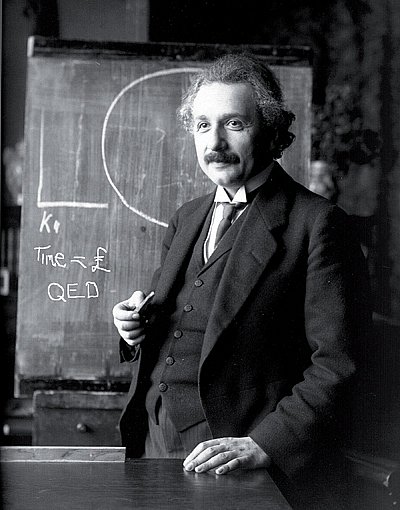Phuket Business: Time is money

PHUKET: One of the first concepts we needed to learn when studying finance was that of the time value of money.
In theoretical terms it is quite easy to understand, but when practically applying it to life decisions it can be a little more complicated.
Basically the idea is that 100 dollars today is preferable to 100 dollars in a year or 10 years. The first and obvious reason is that something may happen in the time before your payment comes that could affect the ability of the other party to make good – a bankruptcy for example.
The second and more important aspect of time is that the dollar today can be invested and would be worth more next year. Thus, you always need to compare cash flows in the same time frame when making a financial decision or you are not comparing “apples and apples”.
The trick is to know what rate of return to use for the “discount” either to the present value or to a future value. For example, if you could get five per cent simply by putting the money relatively risk free into a bank account, then your 100 dollars today would be worth 105 dollars in one year. 100 dollars paid to you next year would in fact only be worth 95.24 (rounded to the nearest penny) in “today’s dollars”.
Obviously when trying to value a whole string of future cash flows, both going in or out, the math can get a bit complicated. Without needing any fancy formulas though, you can simply plug each year’s cash flow into an excel spreadsheet and convert to a common time, then add them up.
It could be a business such as a coffee shop or guesthouse, or a financial investment such as a bond which pays annual coupon payments, but you should always try to make sure you account for the time value of money when considering investments.
Keep in mind that someone trying to sell you their business may not be 100 per cent accurate in giving you their cash flows, so I would always look at a variety of scenarios, such as 25 per cent or 50 per cent of what they tell you, and see if it still makes financial sense.
You don’t need to be a math whiz to convert cash flows into one time frame, however if you have trouble with these sorts of things, you can always get an accountant to do a net present value for you and if they are any good this should be simple and cheap.
The results are often surprising, such as when considering the net present value of a string of payments in a defined benefits pensions scheme. The absolute value of payments going out 30 years or more may seem like a large amount, but when converted back into today’s terms it often isn’t worth very much at all.
I have done a lot of these recently when looking into pension transfers, and even after doing these calculations until I was bored to tears during my days at business school, I still have to go back and check for mistakes, and sometimes I am surprised at how small a net present value ends up being in certain scenarios.
David Mayes MBA lives in Phuket and provides wealth management services to expatriates around the globe, specializing in UK pension transfers. He can be contacted at david.m@faramond.com.
— David Mayes
Latest Thailand News
Follow The Thaiger on Google News:


























